Propagating tomato plants will open up exciting opportunities for cultivating vibrant and healthy plants in your garden. With the right guidance and a few basic tools, you can successfully grow a healthy, productive plant.
So, in this guide, we’ll help you choose a suitable propagation method that will allow your garden to bloom with endless possibilities.
So, let’s explore the art of mastering this essential gardening skill for savoring the joy of homegrown fresh tomatoes produced straight from your garden.
Also, read: How Long Does It Take To Grow Tomatoes?
Tomato Plant Propagation Methods
Table of Contents
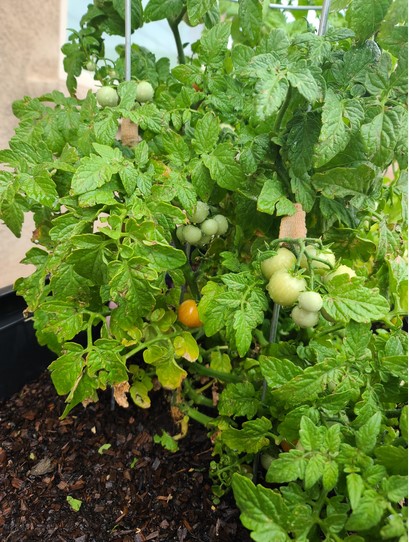
There are various methods of propagation, such as seed propagation, cuttings, grafting, and layering, and below is a detailed description of the same:
Also, read: How Many Tomatoes Can You Get From One Plant?
1. Propagation From Seeds
Propagation from seeds is the most common and straightforward method and gives you full liberty of choosing a specific variety.
Here are the steps for successfully propagating seeds from seeds:
- Choose healthy tomato plants and then collect the seeds from ripe tomatoes
- Scoop out the seeds with the gel and place it in a container with a little water
- Let it germinate for a few days and allow it to ferment
- Stir continuously to prevent mold formation
- After fermentation, rinse the seeds, remove the gel, and allow it to dry on a paper towel
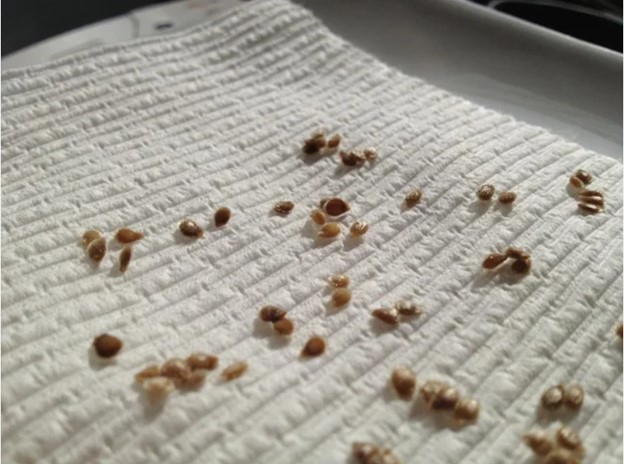
- Then, store the seeds in an airtight container or a zip lock bag and label it properly for a clear understanding
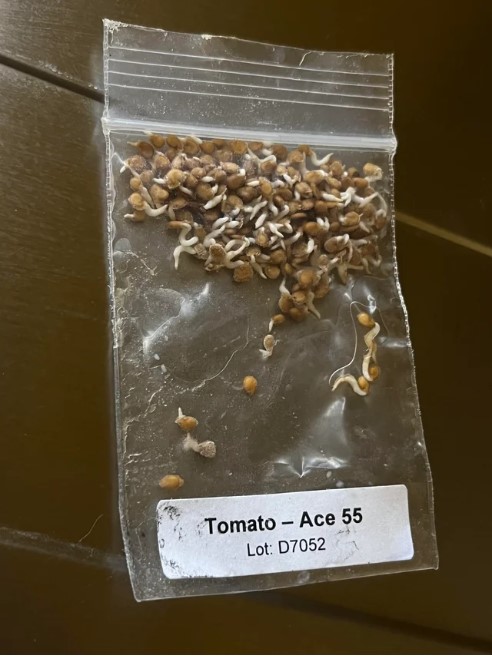
- Then, choose a well-draining seed-starting mix and fill the seeds in trays, pots, or any small container.
- Water the soil lightly and provide optimal germination conditions.
- Monitor it daily and wait for 5-10 days for the seedlings to appear.
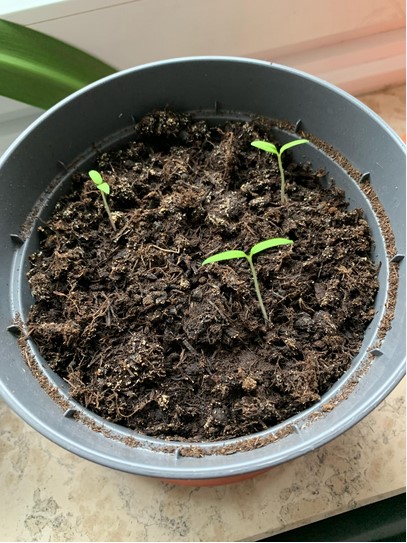
- Transplant the seeds when they are about 4-6 inches tall with sets of leaves.
- After the seedlings harden, transplant them into larger pots, place them in a sunny location, and check regularly for vigorous growth and high yields.
2. Propagation From Cuttings
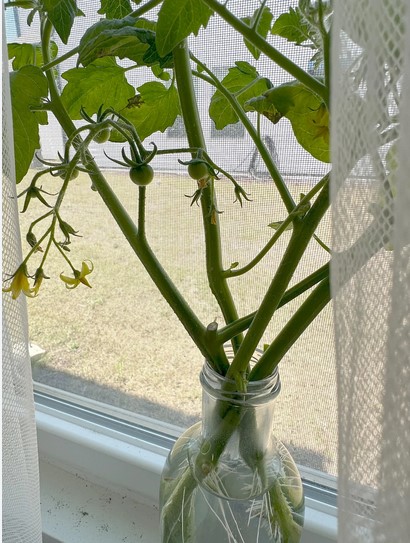
Propagating tomato plants from cuttings is a quick and efficient method that produces genetically identical plants, and here’s how to do it:
- Choose a healthy parent plant
- Select a firm stem that is not flowering
- Sterilize your tools before cutting
- Look for a sucker or a healthy stem about 4-6 inches long
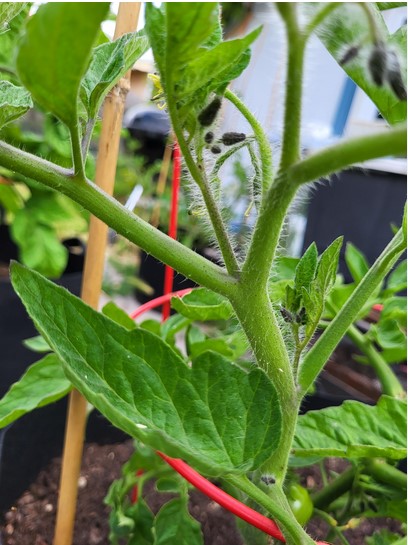
- Make a clean cut before the leaf node and remove any flowers or fruits
- Use a well-drained potting mix and then plant the cutting about 2-3 inches deep
- Provide optimal conditions for the plants to thrive
- Monitor the plant health for 7-14 days and allow the roots to sprout
- Then, transplant the cutting into a large pot and bury the cutting up to its first set of leaves
- After the transplantation process, water the plants and allow them to grow outdoor
- Monitor regularly for pests and diseases and provide a balanced fertilizer for promoting healthy growth
3. Propagation Through Layering
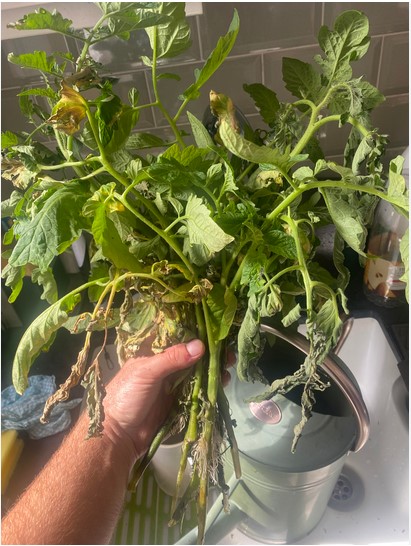
Propagation through layering encourages a stem to develop roots while it is still attached to the parent plant, and this is how you can do it:
- Ensure the plant you are choosing is disease-free and healthy
- Select the layering stem that is close to the ground
- Prepare the soil with organic matter or compost to bury the layering
- Position the stem gently to the ground almost 2-4 inches under and secure it with a garden pin and U-shaped wire
- Water regularly and protect the plants from pests and natural repellents
- Monitor for 2-4 weeks for root development before transplanting it
- Transplant the new plant in a pot to a new location and water it immediately to reduce transplantation shock
- Continue to care for the plant and monitor its growth
- Layer multiple stems from the same parent plant if you have sufficient space and resources to increase your tomato yield
4. Grafting
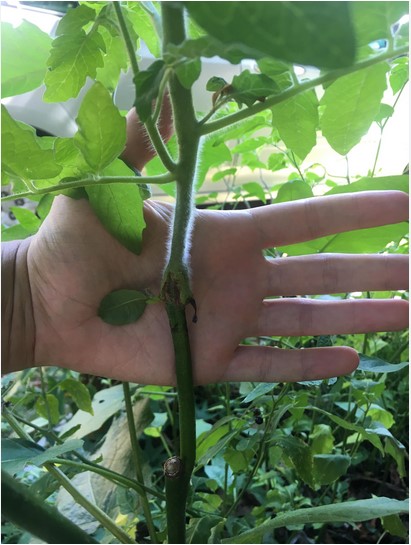
Grafting is termed an advanced propagation method that is done by combining the root system (rootstock) of one plant with the upper growth (scion) of another plant.
This is an immensely popular technique that is known to reduce resistance to diseases, pests, and environmental stress for high yield, and here’s the whole process in detail:
- Select the rootstock and scion and ensure they are of the same variety.
- Gather the required tools and sterilize them to avoid contamination.
- Join the rootstock and the scion, and with the help of a grafting clip or tape, hold the rootstock and scion together firmly.
- Provide healthy growing conditions for this grafted plant and monitor it regularly.
- Check for signs of wilting, mold, or infection at regular intervals
- Remove the grafting clip or tape once the grafting has healed
- Transfer the grafted plant outdoors in a large pot or garden after it has hardened
- Monitor its growth and provide the necessary support for the grafted plant to grow
5. Air Layering
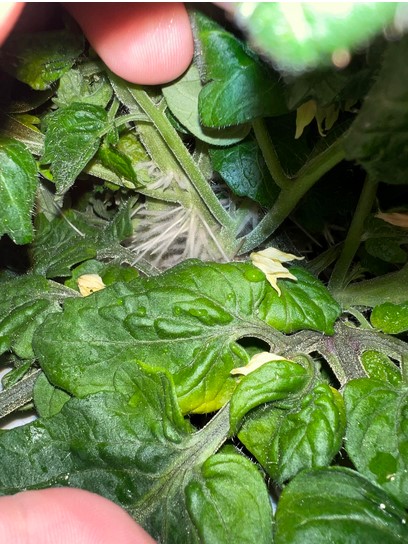
Air layering is a technique that encourages a tomato plant stem to produce roots while it is attached to the parent plant and is an ideal method for creating new plants.
The detailed process is discussed below:
- Air layering should be performed during the growing season for vigorous, disease-free tomato plant growth
- Select a healthy and semi-mature stem that is around 6-12 inches long and locate the leaf node
- Create a notch around the stem and apply a rooting hormone to the exposed area
- Secure the notch area with plastic wrap and seal both ends with tape or string
- Create a favorable atmosphere for growth and monitor the root development
- Separate the new plant and ensure you cut below the rooted area
- Transplant the new plant in a pot or garden bed that has nutrient-rich soil
- After the plant hardens off, transplant it outdoors and allow it to get exposed for around 7-10 days
- Provide necessary support for growth and monitor the plant health
Tips For Successful Tomato Plant Propagation
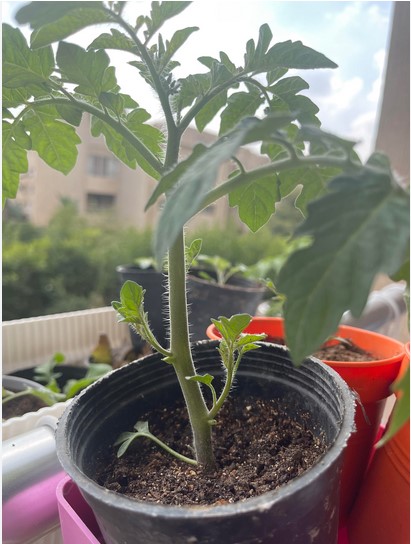
Successful tomato plant propagation ensures a thriving and productive garden, and here’s what you need to keep in mind:
- Choose disease-free healthy parent plants
- Select an ideal method of propagation based on your time, experience, and resources
- Ensure the propagation time chosen by you is appropriate for the best results
- Use high-quality and fresh seeds for optimal germination rates
- Use a well-drained seed-starting mix
- The planting depth should be about 1/4 inch deep
- Avoid over-watering and maintain a consistent temperature for optimal germination
- Provide adequate light and balanced fertilizer
Benefits Of Propagating Tomato Plants
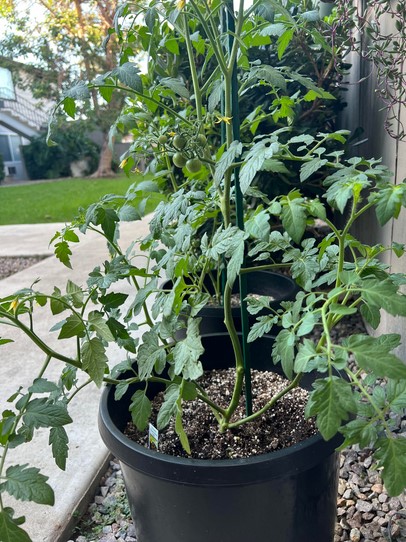
By mastering the propagation techniques, you’ll soon be able to transform your garden into a thriving tomato paradise and, at the same time, save money, reduce waste, and cultivate a self-sufficient garden.
Propagating tomato plants is indeed a beneficial method, whether it is done through seeds or cuttings. It offers a variety of advantages to the gardeners or the home growers, so here we have discussed some of the key benefits of propagating tomato plants.
Cost Effective
Propagating is an affordable method, as buying matured plants from nurseries will be a costly option. Therefore, propagating your tomato plant from the seeds or cuttings will help you save a significant amount of money when compared to the ones that are bought from nurseries.
Therefore, expanding your garden will be an easy task for you to expand your garden and, at the same time, eliminate the need for buying new seeds.
Faster Growth
Propagating involves the cutting of a few parts of the plants from seeds that will eventually result in faster growth and earlier harvest, thereby leading to earlier fruit production.
Increased Production
Propagation is known to multiply the number of plants and increase the overall yield without spending any extra amount and has the scope for optimal productivity within an efficient space.
Disease Management
Propagation techniques reduce the vulnerability to diseases and pests and also help the plants to thrive in specific climatic conditions. This is possible if you can select healthy and disease-free plants.
Extended Growing Season
Propagation increases the chance of extending the growing season as the plants do not need enough time to mature from the seedlings, so it head starts the growing season.
Variety
Propagation helps to customize your garden as per your preference since you get the scope of curating a garden with a variety of heirlooms, hybrids, or any other varieties.
Preserving The Desired Traits
Propagating from a specific plant will help preserve the desired trait of a specific plant, ensure that the new plants inherit the same characteristics, and help you create exact genetic copies of a parent plant.
Therapeutic Benefits
Propagating plants is a relaxing hobby that relieves you from stress, improves your mood, and gives you a creative outlet. This is also a rewarding task that helps you to connect with nature and in turn provides you with a sense of accomplishment.
Final Words
Therefore, by embracing the propagation techniques, you can unlock your garden’s full potential and in turn, cultivate a sense of accomplishment.
So, go ahead and try the different methods of propagation and experience the joy of growing your food right before your eyes.
Happy Gardening!
Leave a Reply